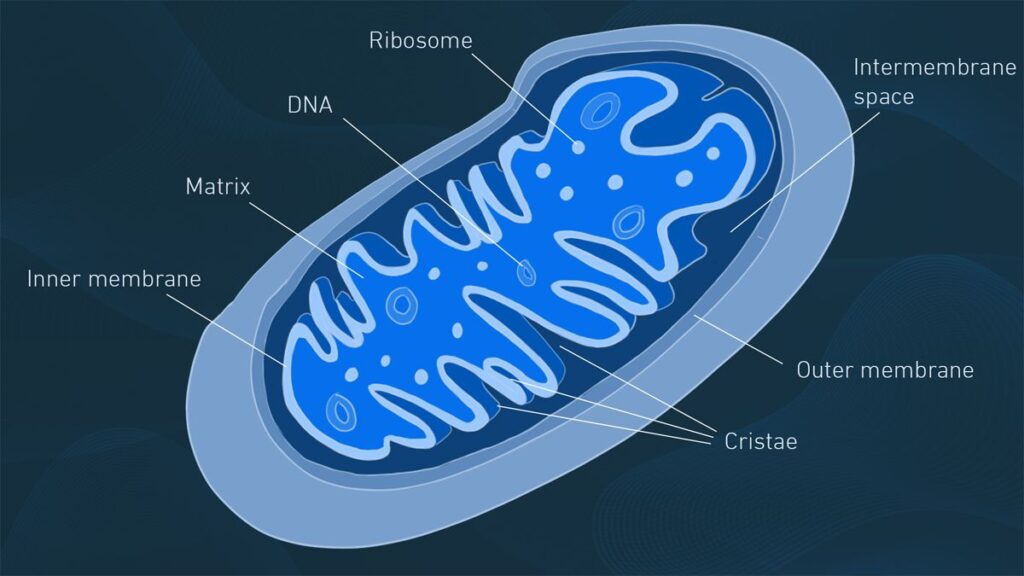A nail fungus infection is notoriously hard to cure, but various treatments — including home remedies — can help.
By Julie Corliss, Executive Editor, Harvard Heart Letter
- Reviewed by Howard E. LeWine, MD, Chief Medical Editor, Harvard Health Publishing

Wriggling toes in the sand and wearing sandals are warm weather treats, unless you’d rather keep your toes under wraps due to thickened, yellowish nails. Nail fungal infections (known as onychomycosis) are common, affecting up to 14% of the general population. In advanced cases, nails can become brittle, crumbly, or ragged, or even separate from the nail bed.
While completely curing these fungal infections is difficult, the right treatments can discourage the problem from spreading and make your nails look better.
Do nail fungal infections only affect toenails?
No, fingernails can become infected, too. However, toenails are a more common target because of certain habits, including wearing shoes, so we’ll concentrate on them in this post.
Protect yourself from the damage of chronic inflammation.
Science has proven that chronic, low-grade inflammation can turn into a silent killer that contributes to cardiovascular disease, cancer, type 2 diabetes and other conditions. Get simple tips to fight inflammation and stay healthy — from Harvard Medical School experts.
How do people get toenail fungus?
“Feet are more likely to be sweaty and damp, which provides a better environment for the fungi, yeasts, and molds that are naturally present on your skin to flourish,” says Dr. Abigail Waldman, a dermatologist at Harvard-affiliated Brigham and Women’s Hospital.
People also can be exposed to various fungi, known as dermatophytes, by walking barefoot in locker rooms, spas, or near swimming pools, or getting a pedicure at a nail salon, she says. A fungal overgrowth can infect the area between your toes and the skin or your feet, causing athlete’s foot. The fungus can then spread to the toenails.
What makes toenail fungus hard to treat?
While antifungal creams can easily treat skin infections, toenails are another story.
“Nail tissue is harder and thicker, so these medications don’t penetrate very well,” Dr. Waldman explains. That’s also true for antifungal drugs taken as pills. Toenails grow slowly and the tissue isn’t very metabolically active. So although the medication gets into your bloodstream, only small amounts end up in your toenails. That’s why it’s hard to get rid of toenail fungus once it takes hold.
What counts as a cure?
Research reports so-called clinical cure rates between 60% to 80%, but this means only the absence of symptoms — that is, your toenails return to their normal appearance. The fungal infection may still be lurking under your nails, says Dr. Waldman.
In fact, in clinical trials when investigators recheck toenail clippings for any residual fungus after treatments applied to nails, only around 10% to 15% show no detectable fungal spores. As a result, recurrences of toenail fungal infections are fairly common.
Despite this, there’s a reasonable chance that different treatment approaches can improve your symptoms and the appearance of your toenails.
What works for treating toenail fungus?
Here is a rundown of the different treatment options, starting with Dr. Waldman’s go-to first-line suggestion, which uses inexpensive products you may already have in your home.
Home remedies
Soaking your toes to soften your nails before applying a fungus-fighting agent will help the remedy penetrate the nail. For the soak, Dr. Waldman recommends mixing one part white or apple cider vinegar to three parts warm water. Soak your toes for at least 10 minutes (but up to 40 minutes is better). Instead of vinegar, you can use Listerine, which contains thymol, the main compound in the herb thyme. Like vinegar, thymol has antifungal properties.
Then dry your feet well and apply an antifungal substance to all the affected nails. One option is a paste of crushed garlic, but most people will probably find the over-the-counter drugstore products listed below more convenient to use.
Over-the-counter products
The best evidence is for 100% tea tree oil, but another popular option is Vicks VapoRub (which also contains thymol and other essential oils that may fight fungus), Dr. Waldman says. Or you can use one of the various creams sold to treat athlete’s foot on your toenails.
Be sure to apply the product right after soaking. The clinical cure rates for each of these approaches vary between products, and depend on the severity and duration of the infection. But about 60% of people notice improvements after a few months of treatment, Dr. Waldman says.
Drugstores also carry several other toenail treatments, including a treated patch you put on your nails overnight. It contains urea, an acidic substance that improves the look of your nails by making them less brittle and discolored. Another product that promises similar results uses a tiny LED light that you clip onto your toenail after applying a liquid containing polyethylene glycol, which softens nails.
Prescription treatments to put on toenails
These topical products, which are best for milder infections, include amorolfine (Loceryl, others), efinaconazole (Jublia), tavaborole (Kerydin), and ciclopirox (Penlac). They are clear lacquers that you brush on your toenails once daily, usually for months. It may take as long as a year to see results. Clinical cure rates range from 35% to 60%.
Prescription pills
More severe infections may respond better to oral drugs, which include fluconazole (Diflucan), griseofulvin (Grifulvin), itraconazole (Sporanox), and terbinafine (Lamisil). These are taken daily in pill form for three months. While the clinical cure rates are higher (around 80%), these drugs have more side effects, including stomach upset, diarrhea, and (in rare cases) liver damage.
Laser therapy
Lasers penetrate and break down nail tissue, helping to destroy the fungus. There are many different types of lasers and protocols. Clinical cure rates are hard to pin down, but some have been reported as ranging between 60% and 75%.
Advice on toenail clippers, nail polish, new shoes, and more
During and after treatment, Dr. Waldman advises people to use two sets of toenail clippers — one for infected nails and one for noninfected nails — to prevent fungal spread. If you’re embarrassed by the appearance of your toenails, it’s okay to use nail polish for short periods of time, she says.
Once you finish treatment, buying new shoes will help avoid reinfection. “I also always recommend people do a diluted vinegar soak once or twice a week after finishing treatment, which helps prevent any lingering fungus from reinfecting the nail,” says Dr. Waldman.


